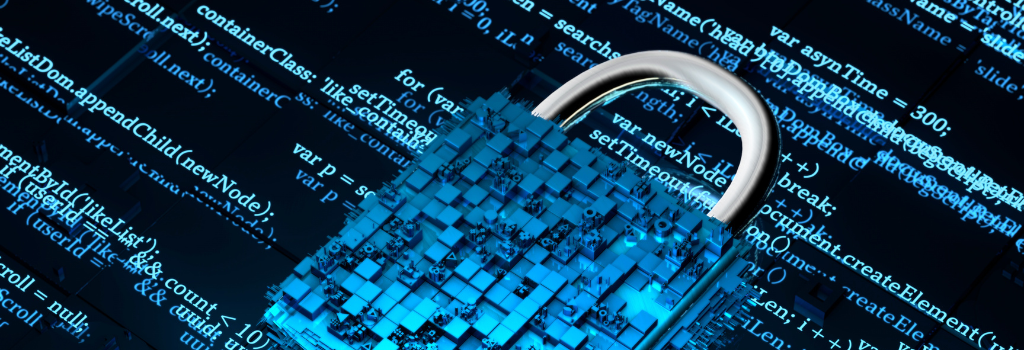- 세부
- 카테고리: Telecommunication
The ISD-O370 (from Lanner) is an edge-rugged cellular router. It is compliant with IP67 and the MIL-STD standards (to ensure the device operates in harsh environments) and also supports 5G and Wi-Fi 6 for demanding wireless applications. The appliance can also provide edge computing capabilities. It runs on Linux on Intel’s Atom C3000 with up to 64GB DDR4 (64GM eMMC).
더 읽기: ISD-O370: The Rugged 5G and WiFi 6 Industrial Router for IoT Edge Computing and Connectivity
- 세부
- 카테고리: Network Computing
With the continuously growing demand for consumer electronic applications, creating increased data transfers from emails, video conferencing, and remote applications, often utilizing unprotected public networks, makes productivity application tools vulnerable to attacks. The increasing number of network security breaches, increasing adoption of cloud technologies, the trend of network automation, and 5G networks, makes protecting network transmitted data imperative, further increasing the demand to improve network security.
더 읽기: Network Encryption Appliance Enable Quantum-Safe Security HSM Solutions
- 세부
- 카테고리: Network Computing
As enterprises eagerly adopt new technologies relating to IIoT and mobile Edge computing, they often stumble upon unforeseen challenges.
Challenges such as the exponential growth in the number of connected mobile devices, increased needs for bandwidth, more and more sophisticated attacks and sometimes unexpected operational overheads.
- 세부
- 카테고리: Industrial Automation
Autonomous lawn mowers are designed to reduce lawn maintenance labor costs and time. But an inefficient or improperly programmed or operated robotic lawn mower would defeat the whole purpose of “autonomy.” An unproductive and unsafe robot will turn a gardener into a programmer, taking away the focus on what matters: the grass.
더 읽기: Highly Efficient Edge AI for Commercial Autonomous Mowing
- 세부
- 카테고리: Transportation
Intelligence (AI) and Machine Learning (ML) technology is undoubtedly the best path to efficient and precise autonomous driving systems but also one of the most challenging. The traditional in-vehicle technology doesn't have the necessary capacity to perform high processing workloads, especially intensive AI and ML decision-making.
- 세부
- 카테고리: SD-WAN
Enterprises nowadays are migrating to the Cloud in droves and more and more software are being licensed, delivered and deployed using SaaS; such migration and deployment have become the norm for the so-called hybrid workplace model that mixes in-office and remote work, especially during the pandemic.
더 읽기: Transition To The Hybrid Workplace Model Using SD-WAN / SASE And SaaS Deployments
- 세부
- 카테고리: Transportation
Big-city transit for most urban populations is a way of life and with digitalization and state-of-the-art technology, metro systems can leverage analytical and decision support tools to reduce risk, improve service, and increase safety. Metro and other major public transport systems have embraced evolving digitalization for the provision of services such as security, customer service assistance, and operational support.
더 읽기: EN50155 Certified Railway Computer Facilitates Digital Transformation of Metro Systems












